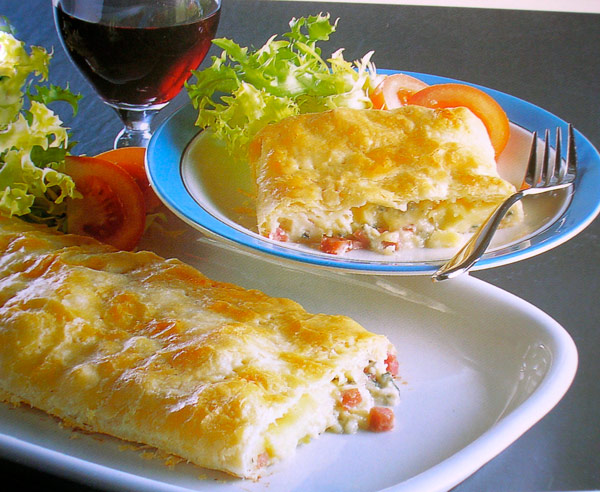
There have been many different ideas that have been suggested over the years for the etymology of the English word "strawberry". The "berry" portion of the compound word makes reference to all the berries, so hypotheses for the word's origin have focused on the "straw-" prefix, which means “paja” in spanish. Here are some of the more common proposed etymologies:
- The practice of mulching  strawberry plants with straw, or the growth of the wild plants amongst matted hay or straw, led to the fruit being so strongly associated with straw.
strawberry plants with straw, or the growth of the wild plants amongst matted hay or straw, led to the fruit being so strongly associated with straw.
- The practice in the past, in various European locales, of selling the fruit after it had been "strung" together on a piece of straw.
- The stolen ("runners") of the strawberry plant cause the plant/fruit to appear strewn over the ground.
- Th e color of achenes ("seeds") of many strawberries is the same as that of straw.
e color of achenes ("seeds") of many strawberries is the same as that of straw.
Dr. William Sayers, in his article "The Etymology of Strawberry" says that the use of the term "strawberry" pre-dates both : of the aforementioned practices, as well as the creation of the Fragaria ananassa strawberry hybrids, which are the strawberry varieties whose pronounced stolon formation and "straw"-colored achenes led to the previous etymological hypotheses (the woodland strawberry, Fragaria vesca , was the only strawberry variety ever in England prior to the use of the word "strawberry").
, was the only strawberry variety ever in England prior to the use of the word "strawberry").
Another possibility for the origin of the word strawberry; from at least the time of Aristotle until well into the 17th century, there was a belief in an errant hypothesis called "spontaneous generation". According to this hypothesis, living things spontaneously formed from non-living things (i.e. flies from rotting meat, mice from garbage). While spontaneous generation may not have been widely known as a hypothesis, the basic belief was likely more commonly held.
Now consider, too, that farm animals were allowed to graze in fields. In these fields, they not only ate grass, but anything else that they might come across, including wild strawberries.
With these things in mind, one can imagine that the animals' manure occasionally contained strawberry seeds, and that when farmers found strawberry plants sprouting up from amongst their animals' straw (and manure), they easily assumed that the plants formed from the straw. Hence a "straw"-berry plant would have simply been a plant that spontaneously generated from straw.
And even when the plant was sometimes found in the wild in the absence of straw, it may have been assumed that straw had been there previously, but that either all of the straw had converted to strawberry plants, or tha t any remaining straw had simply blown away.
t any remaining straw had simply blown away.
It is unlikely that anyone will ever have a completely convincing explanation about the name of this fruit But it's still fun to think about!








































